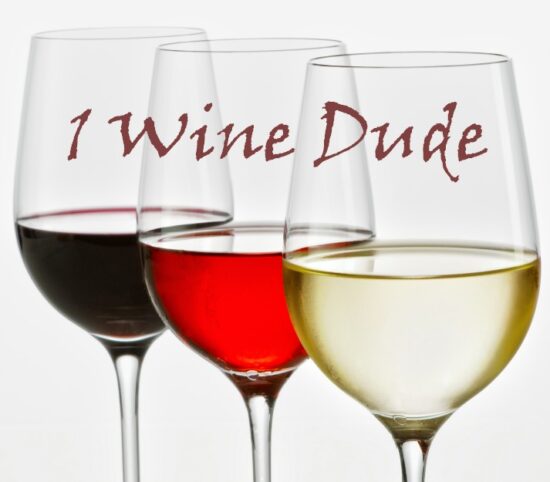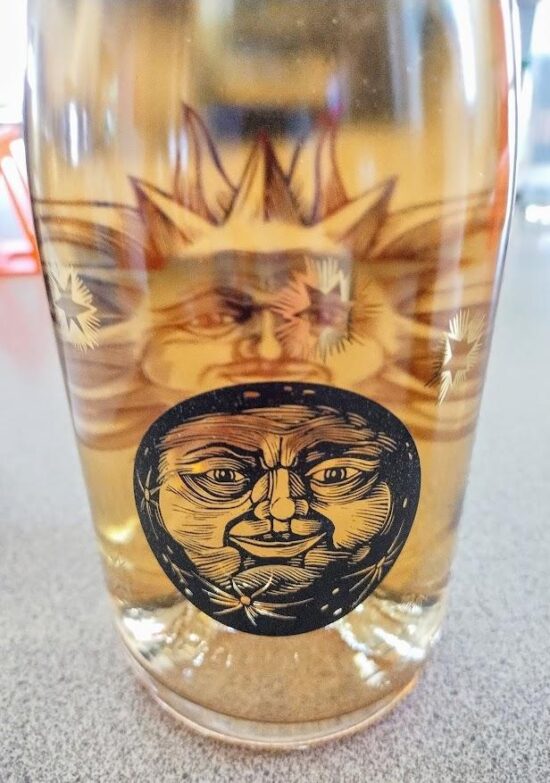Let’s understand wine aromas through the science behind them. As it turns out, those little whiffs of fruit, flowers, and “minerality” help us deconstruct a wine.
Behind those countless flavors we sniff is a molecule. It enters your nose, impacts your olfactory receptors, and generates a signal to your brain which tells us things like, “I’m smelling strawberry!”
 Tiny, lighter-than-air molecules float onto our smell receptors.
Tiny, lighter-than-air molecules float onto our smell receptors.
These molecules are tiny clusters of carbon atoms generated during grape ripening, alcoholic and malolactic fermentation, and wine aging. We can split aromas into 3 types:
- Varietal Aromas: Smells associated with the wine variety or blend of varieties.
- Fermentation Aromas: Flavors associated with microbial respiration (e.g. yeast eating sugars and “off-gassing” aromas)
- Aging Bouquets: Aromas derived from the breakdown of chemical compounds with time, temperature, and oxygen.
By the way, enologist and researcher Dr. Luigi Moio gives an exciting and clear explanation of the origin of the wine aromas in his book “The Breath of Wine” (Il respiro del vino). I’ve referenced it for this article.

Varietal Wine Aromas (aka “Primary Aromas”)
Sommeliers often refer to varietal aromas as “primary aromas.”
Digital Products ship in time for Christmas!
Varietal aromas happen through vine metabolism as grapes mature. We believe they’re created as a survival technique: to make the grapes more attractive for animals to eat and spread seeds around.
For example, the ancient wine variety Moscato Bianco is very high in a compound group called monoterpenes. Because of this, ripe grapes smell extra sweet and floral around harvest.
Primary Wine Aroma Examples
- Monoterpenes (including linalool, geraniol, and nerol) smells like lychee, rose, and sweet perfume. Commonly found in aromatic wine varieties like Moscato Bianco, Gewürztraminer, and Moschofilero.
- Methoxypyrazines (there are 4 major compounds) smells like, green pea, earthy, green pepper, or musty green aromas. You can find this in Sauvignon Blanc, Carménère, and Bordeaux varieties. (a natural bug repellent)
- Sesquiterpenes (including Rotundone and ylangene) smells like black pepper and is commonly associated with Syrah, Grüner Veltliner, and Mourvèdre.
- Varietal Thiols (such as 3-MHA and 2-MMP) smells like passionfruit, grapefruit, or even roasted meat and black currant. In many red and white wines (need an example? Try a NZ Sauvignon Blanc!)
You can’t perceive certain primary aromas. This is because they’re bonded to other bigger compounds that prevent them from volatilizing (and floating into our noses).
If you think this is bad, think twice! If all aromas were immediately perceivable the wine would have a very intense aroma for a very short time. Fortunately, hidden aromas release slowly over time. Dr. Moio believes this gives wines longevity and is the secret why Alsatian wines become more aromatic as they age!
 You can use a
You can use a




